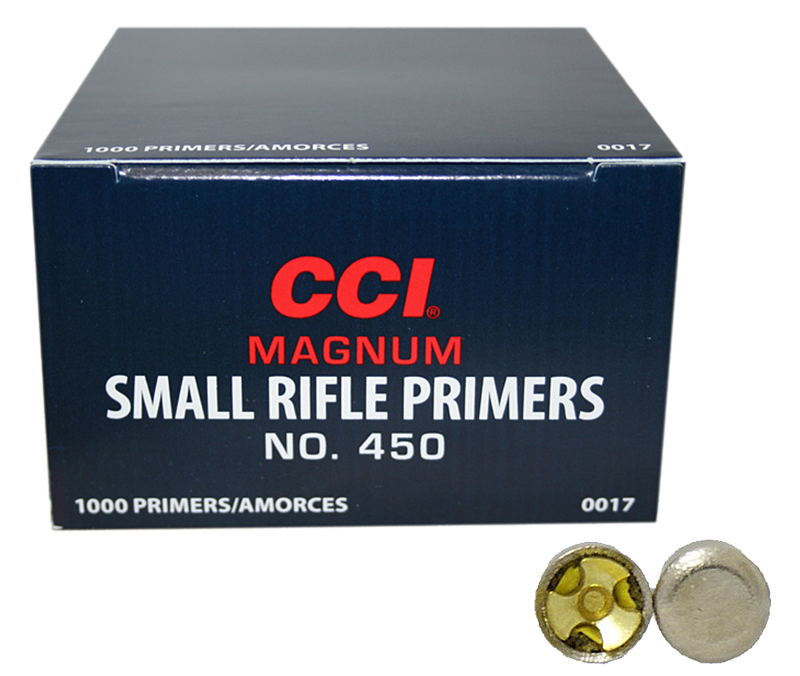Comprehensive Guide to Small Rifle Primers
When it comes to reloading small caliber rifles, Small Rifle Primers are an essential component that no shooter can overlook. Known for their reliability and crucial role in precision shooting, small rifle primers provide the initial spark that ignites the propellant, ultimately firing the bullet. This guide offers detailed insights into selecting, using, and storing small rifle primers effectively.

Why Choose Small Rifle Primers?
Unmatched Reliability and Precision
Small Rifle Primers are designed to provide a consistent ignition source, creating the conditions necessary for the accurate and reliable firing of rounds. This consistency is key in disciplines such as target shooting and hunting, where precision is paramount.
Optimal Performance in Various Conditions
These primers are engineered to perform under a variety of environmental conditions. Whether it’s humid or cold, quality small rifle primers are crafted to provide reliable ignition without misfires, contributing to their widespread preference among enthusiasts and professionals alike.
Choosing the Right Small Rifle Primers
Key Considerations
Selecting the right small rifle primers in stock can make a significant difference in your reloading process. Consider the following factors:
- Primer Sensitivity: Ensures ignition with minimal impact and is crucial for safety and performance.
- Primer Size: Small rifle primers vary slightly in size and choosing the right size affects seating and overall cartridge integrity.
- Material Composition: Some primers are made with different metal compounds, affecting their sensitivity and storage requirements.
Recommended Brands
- CCI: Known for their reliability and wide usage among competitive shooters.
- Winchester: Offers consistent performance, especially in precision shooting.
- Federal: Preferred for their sensitivity and effectiveness in colder climates.
How to Use Small Rifle Primers
Step-by-Step Reloading Guide
- Inspect primer pockets: Ensure they are clean and free from previous primer residue.
- Seating the Primer: Use a hand priming tool to seat the primer correctly. The primer should be flush with the case base to avoid misfires.
- Handling Tips: Handle primers with care. They are sensitive to force and can detonate if mishandled.
Safety Precautions
- Always wear safety glasses when handling primers.
- Store primers in a cool, dry place away from heat sources.
## Frequently Asked Questions
What is the shelf life of Small Rifle Primers?
Under optimal storage conditions, small rifle primers can be stable for up to 10 years. However, it is advisable to check for any signs of degradation if they have been stored for an extended period.
Can I use Small Rifle Primers for both rifles and pistols?
While some small rifle primers can be used for specific pistol applications, it is crucial to consult reliable reloading data to ensure safety and functionality.
How do Small Rifle Primers differ from Large Rifle Primers?
The main difference lies in their size and the amount of primer compound they contain, which affects the primer’s ignition power. Small rifle primers are typically used for smaller calibers, while large rifle primers are suited for larger calibers requiring a stronger ignition force.
Conclusion
Small rifle primers are a pivotal component in the reloading process, providing the reliability and precision needed for effective shooting. By understanding the different types, proper usage, and safety measures associated with small rifle primers, reloaders can enhance their shooting accuracy and performance. Whether you are a novice or an experienced shooter, selecting the right primers is key to optimizing your ammunition for the desired outcomes.
